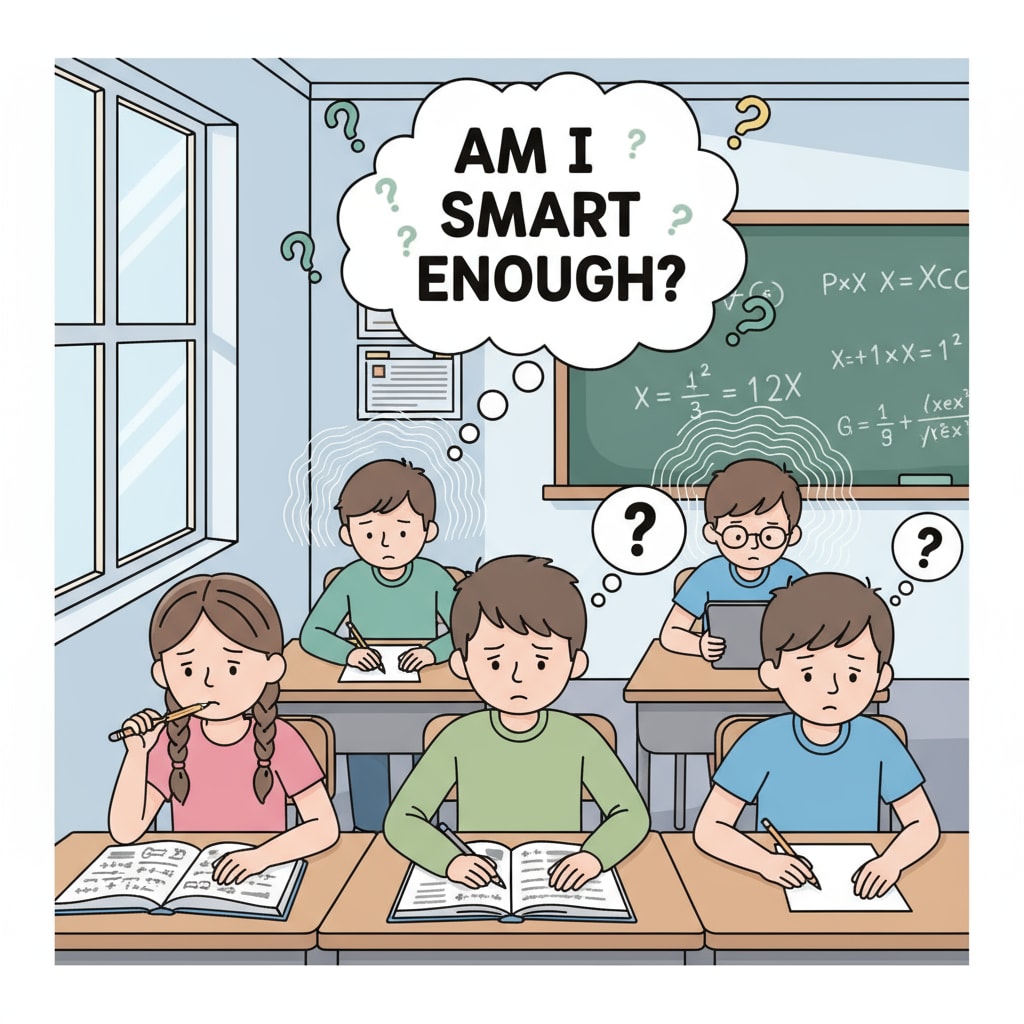Intellectual disabilities, self-doubt, and learning abilities are topics that significantly impact K12 students. Many students in this educational stage often find themselves grappling with self-doubt about their intelligence. This can have a profound effect on their academic performance and overall well-being.

The Origins of Self-Doubt about Intelligence
There are several factors that contribute to students’ self-doubt about their intelligence. One common cause is the pressure to perform well academically. For example, high expectations from parents, teachers, or society can make students feel that they are not measuring up. In addition, repeated failures or setbacks in exams or assignments can erode their confidence. According to American Psychological Association’s research on child development and education, this constant stress can lead to self-doubt among students.

The Impact on Learning Abilities
Self-doubt about intelligence can severely hamper students’ learning abilities. When students believe they are not smart enough, they may be less motivated to engage in learning activities. As a result, they might avoid challenging tasks, which in turn limits their potential for growth. Moreover, this self-doubt can lead to increased anxiety, making it even more difficult for them to focus and learn effectively. As stated by Education.com’s article on the impact of self-esteem on learning, a positive self-perception is crucial for optimal learning.
To overcome this self-doubt, students can take several steps. Firstly, they should focus on their strengths and achievements. By recognizing what they are good at, they can build confidence. Secondly, adopting a growth mindset is essential. Understanding that intelligence can be developed through effort and learning can help students view challenges as opportunities for growth. Finally, seeking support from teachers, parents, or counselors can provide the necessary guidance and encouragement.
Readability guidance: The key points are presented in short paragraphs and clear lists. The proportion of passive voice and long sentences is controlled, and transition words are used throughout the text to enhance readability.


